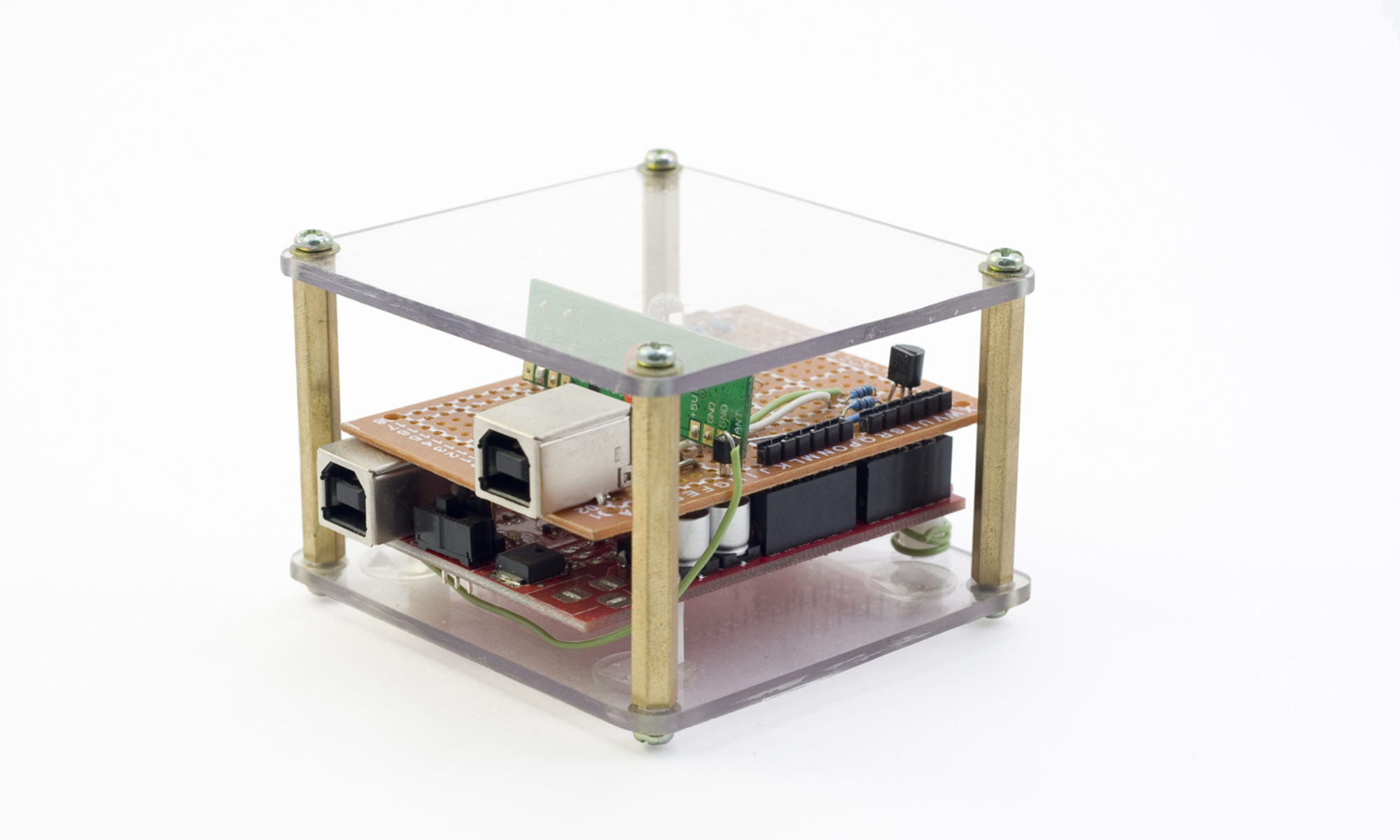In Wikipedia, articles are evolved word by word by contributors to a stable form that reflects consensus. Hence, the rate of change in articles not about ongoing events will tend to diminish over time. Trough having spent a considerable amount reading a vast array of articles, I am confident in claiming that Wikipedia maintains a consistent agnostic point of view with regards to religion (as mandated by its encyclopedic nature). Divinity is definitely present, but it is constrained to where mentions of it are pertinent. In other words, Wikipedia is a secular organization and has become so solely by the consensus of its members; consensus trough discussion and reason.
On the hypothesis that Wikipedia is contributed to by people of all walks of life but with the common characteristics of having been educated in a modern schooling system and being intelligent enough to achieve the level of writing implicitly required. I think I can advance that any society or group of individual that attains a similar level of knowledge, regardless of where they started will, given enough time, necessarily become exempt from irrational belief. Only with Wikipedia, this stabilization came about much faster due to its relatively small size, its virtual nature and the fact that it has been relatively spared by special interest groups.
Even though the level of intelligence in society is far below that of Wikipedians, it has been steadily increasing ever since we as a species started communicating ideas.
There definitely is an emerging tendency not to affiliate to major religions (sects are a problem of a different nature) among the populations of western countries, where the average level of education is much higher than in the rest of the world. As the average individual acquires an increasingly broader knowledge of the environment around him, society as whole acquires the ability to understand concepts that once would have been too complicated of too esoteric for it to grasp. Take the Roman Empire for example, where Christianity replaced paganism as the most popular religion. It certainly took a while for common knowledge to evolve to a point where it could understand the tenets of monotheism but after a few centuries, it had almost completely eradicated polytheism for monotheism was a much more fitting choice for the conditions at the time. In the same manner, Monotheism will move away from the cultural sphere to the personal sphere and will eventually become history. Nonetheless, it’s a lengthy process; social inertia slows down its propagation down the different levels of society. Intellectuals became skeptical about the existence of an anthropomorphic god and its pertinence to the human condition more than a century ago. Then, governments followed this current of thought by separating church and state. Afterwards, attendance of religious services by the wealthier classes started diminishing noticeably only recently and eventually the lower classes of society should follow along the same path. Except for a few cases (the human brain is built to believe after all), society will in the future have completely parted itself with any sort of organized religion.
This gives me a bit of hope.
It should be noted that society or the popular web encyclopedia for that matter, both subject to the laws of evolution, will not necessarily evolve towards some ideal of rationality and scientific thinking. Should humanity adopt a different vision on knowledge and objectivity, Wikipedia will have to either adapt or cease its existence. Moles have been steadily losing their eyesight over time with even some of them having a layer of skin covering their eyes. If you spend all your time deep in sand and dirt so as to avoid the hardships of the world above, you will loose sight. Evolution does not strive at attaining some ideal, it strives at finding a best fit for a definite environment; and this sometimes mean that some characteristics which we now consider a step towards that ideal might need to be evolved away for the good of the entity concerned.





